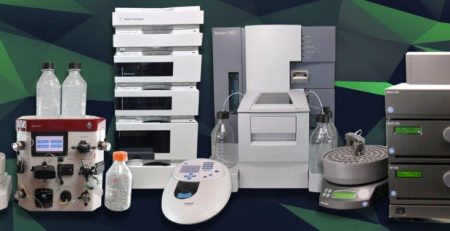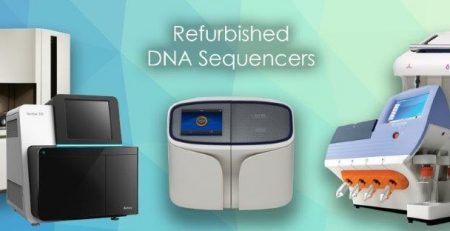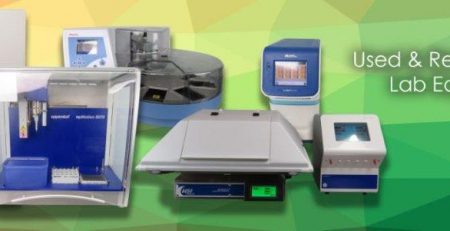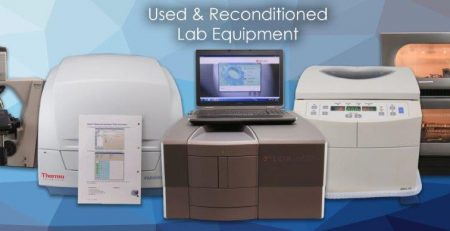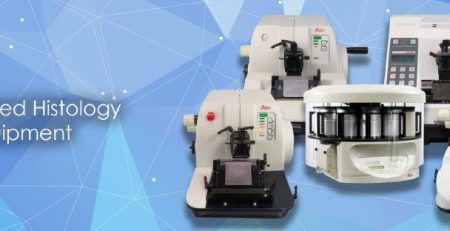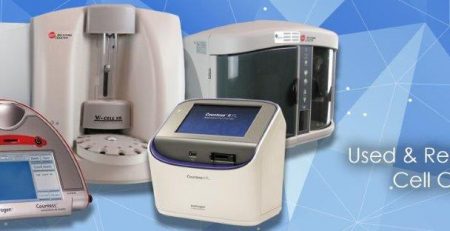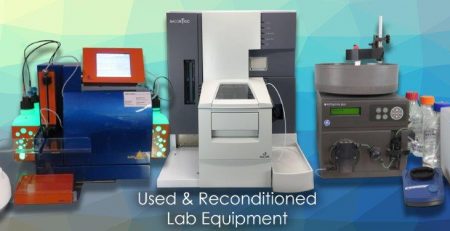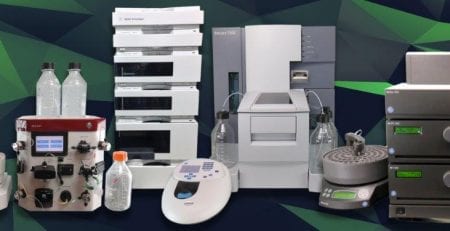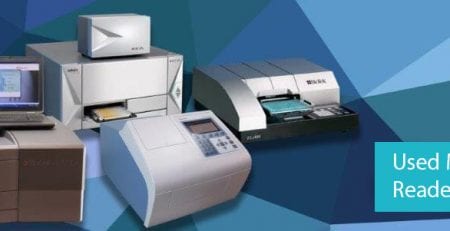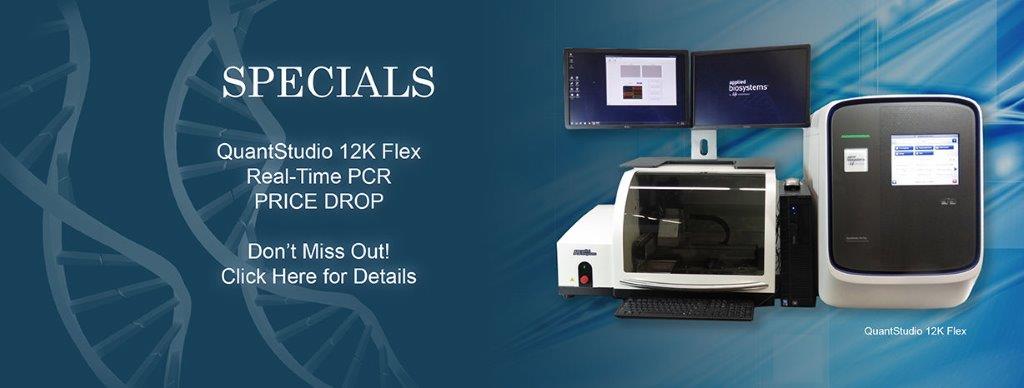
What is Real Time PCR?
admin2021-06-14T21:02:53+00:00Polymerase Chain Reaction, also known as PCR, has been a staple in new age molecular biology worldwide for the past two decades. Real-time PCR is a step forward from Polymerase Chain Reaction, where the potential of the technique has been maximized. Real-time PCR is better known as qPCR, and to better understand it, you must first comprehend PCR and what it’s used for. PCR is a way to amplify DNA to create multiple copies of a DNA sample. For instance, if a crime has been committed and a small amount of DNA has been found, the Forensic Laboratory will create copies of the DNA using PCR to have more sample amounts to run tests on. Another common way PCR is used is when comparing two DNA samples. Researchers want to test which sample is more plentiful with DNA. This type of test needs PCR amplification so there will be enough DNA detected for quantification purposes.
If you take two DNA samples and amplify them at the same rate, you can detect which one has the highest copies of DNA. This is ideal for targeting specific genes to study. A thermostable polymerase enzyme is the foundation of PCR and can be synthesized to sequence any DNA strand, as long as the sample has a double-stranded beginning point. This extremely helpful when choosing which genes you wish to study. Take the DNA sample you want to amplify and mix them with the complimentary synthesized DNA sample and PCR them together. The small pieces of synthesized DNA (also known as primers) will prime your sample by binding them during the PCR process, allowing you to have more copies of the gene you wish to study.
During the PCR process, the temperature is changed to regulate the actions of the polymerase and the binding of the primers. When a PCR run is started, the temperature is ramped up to 95°C. During this process, all of the DNA double strands are melted into a single strand. Then the temperature is lowered to 60°C, allowing the primers to bind to the gene of choice, and now the polymerase can begin copying the DNA strand. Temperature is then raised to 72°C, optimizing PCR, allowing for the enzyme to work faster. This PCR cycle is repeated repeatedly, typically forty times or more, which results in one copy becoming two, two copies becoming four, and so on, until billions of copies have been created. Once you’ve amplified your DNA, you can run it on an agarose gel and stain it, making it viewable with dye. The brighter the band can be seen through the dye, the more copies of your gene have been created.
In Real-time PCR, the sample technique and principles apply, but the user can monitor the results in real-time. This eliminates the need to view the bands on gel at the end of a run. QPCR uses dyes and will view the reaction occurring while it’s happening in real-time with either a detector or a camera. There are various qPCR techniques to monitor Real-time PCR reactions. However, they have one thing in common: they use fluorescence dyes detected during each PCR cycle. As the DNA copies increase in layman’s terms, so does the number of fluorescence dyes detected. If you have questions about purchasing a PCR Machine or a Real-Time PCR system, please give us a call.
We carry a number of used PCR machines from manufacturers such as BioRad, Applied Biosystems, MJ Research, Thermo Scientific, Life Technologies, to name a few. All of our PCR machines come thoroughly tested with our temperature verification plates. Our used Real-time PCR machines are tested and calibrated with our own dye kit plates to ensure quantifications are accurate. PCR Machine price can be found by enquiring through our request for a quote or calling to speak with one of our product specialists. All of our used qPCR systems and PCR machines are backed with our standard hassle-free warranty.




